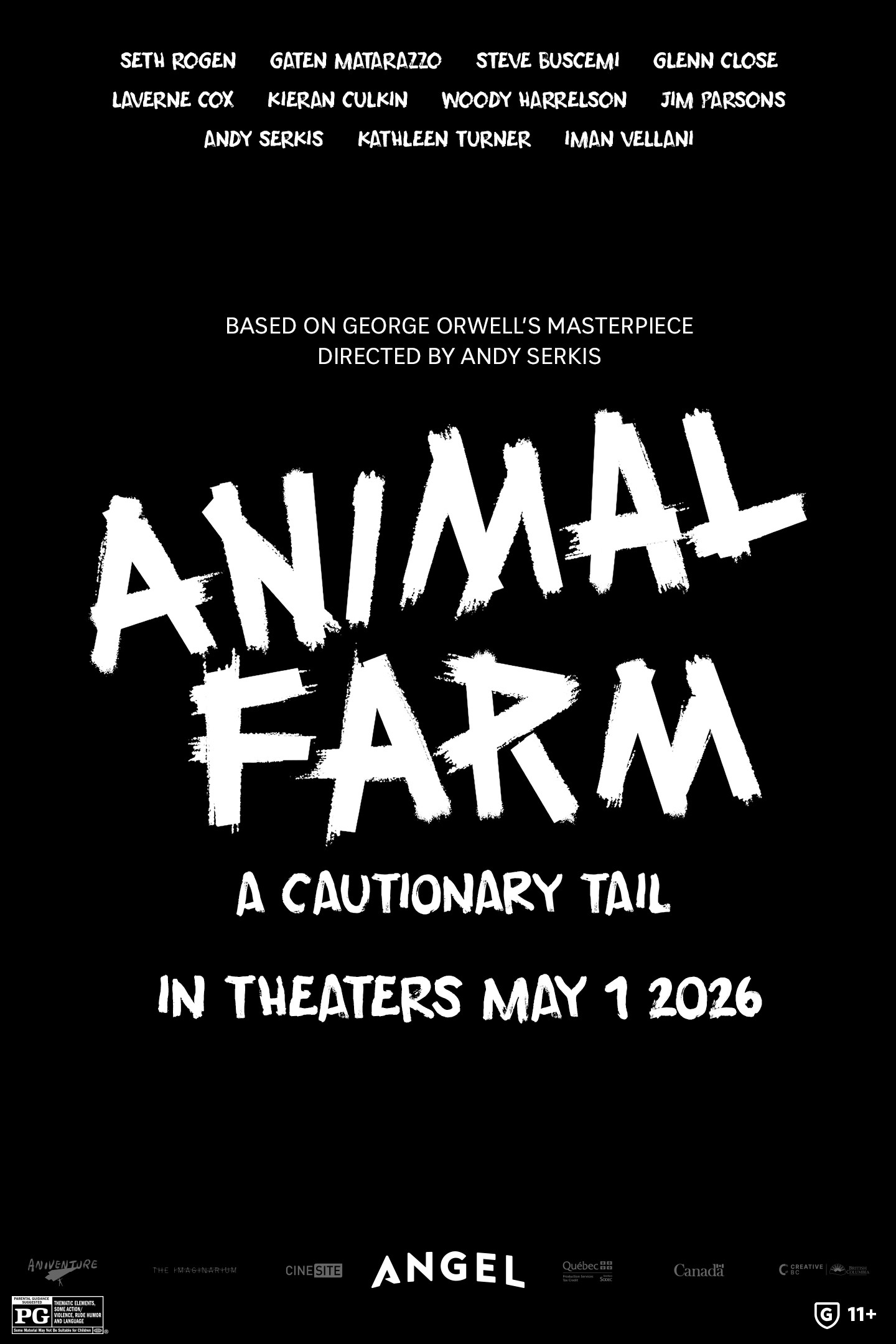Another Day of Life(2019)
GKIDSA gripping story of a three-month-long journey that renowned Polish reporter Ryszard Kapuscinski took across Angola, ravaged by a war in which the front lines shifted like a kaleidoscope, from one day to the next.
Original Release | Sep 13, 2019

Box Office Results
Results
$1,691
$3,190
$131,611
$134,801
Current Showtimes
Your Location or
Director & Top Cast
Other Details
Country of Origin: Spain,Poland,Belgium,Germany,France,Hungary
Language: English,Portuguese,Polish,Spanish
Summaries
Plot Summary
- Just like the readers of the literary original, the audience will begin their journey with Kapuscinski in 1975 Luanda, the capital of Angola. The country is in the midst of decolonization efforts, launched after the success of the Carnation Revolution. Portuguese nationals are hurriedly fleeing the more glamorous districts of Luanda. Terrified by the possibility of a full-on attack on the capital, they're busy packing their belonging into wooden crates. Shops are closing down, law enforcement is gradually disappearing from the streets, heaps of garbage bags are slowly taking over the Angolan capital. Kapuscinski keeps sending daily cables to the Polish Press Agency from the emptying city. In the final months before the declaration of independence, different factions of the Angolan liberation movement were locked in a protracted struggle that would decide who would hold power in the coming republic. After some deliberations, Kapuscinski decides to journey to the front lines of the war. To risk his life in order to be the first journalist in the world to broadcast daily reports on the course of the conflict. On the frontlines, Kapuscinski is working under immense pressure, terror and loneliness a staple of his daily routine. Traveling through the conflict zone resembles a game of Russian roulette: even uttering the wrong greeting at a checkpoint can get him killed. The Angolan Civil War quickly stops being just another war for Kapuscinski to cover. The conflict has a human face - the face of the fierce fighter Carlotta and comendante Farrusco, two of many acquaintances he's made during his journeys to the frontlines. An internal conflict is raging within the writer - Kapuscinski is unable and unwilling to be simply a passive, objective observer of the events taking place all around him. He feels compassion, sympathy, and has the utmost respect for the people whose stories he wants to tell the world. This leads him to question the role of the war reporter, to question the limits of journalistic impartiality and involvement in the conflict. To tell the true story of Angola, he undergoes a deep change as a human being and is reborn - as a writer. Dynamic animation and action scenes are intertwined in Another Day of Life with documentary sequences, which give the audience a chance to meet the characters 40 years after the events portrayed in the movie. Such an approach introduces additional depth and lends credibility to the world depicted in the animation.
Storyline
- A gripping story of a three-month-long journey that renowned Polish reporter Ryszard Kapuscinski took across Angola ravaged by a war in which the front lines shifted like a kaleidoscope from one day to the next. — Platige Image
Similar Movies

Tafiti – Across the Desert
PG1h 21m
Animation

Fruits Basket: Prelude
1h 28m
Animation, Drama, Romance

Fureru
1h 47m
Animation, Drama, Fantasy

Eight Crazy Nights
PG-131h 16m
Animation, Comedy, Musical

Rupan Sansei za Mûbî Fujimi no Ketsuzoku
1h 33m
Action, Adventure, Animation, Crime

All You Need Is Kill
R1h 22m
Action, Animation, Sci-Fi

Time Hoppers: The Silk Road
1h 20m
Adventure, Animation, Family, Sci-Fi

Animal Farm
PG1h 36m
Adventure, Comedy, Drama, Fantasy, Family, Animation

Zootopia 2
PG1h 48m
Action, Adventure, Animation, Comedy, Crime, Family, Mystery

Eyes of Wakanda
TV-14
Adventure, Action, Sci-Fi, Animation




